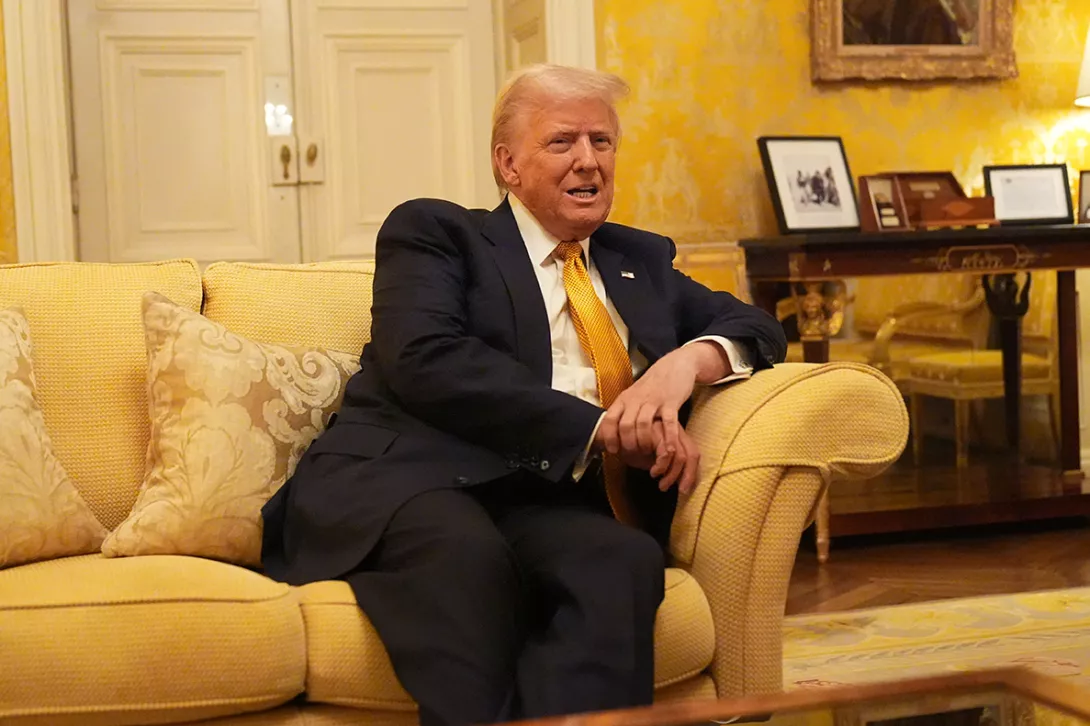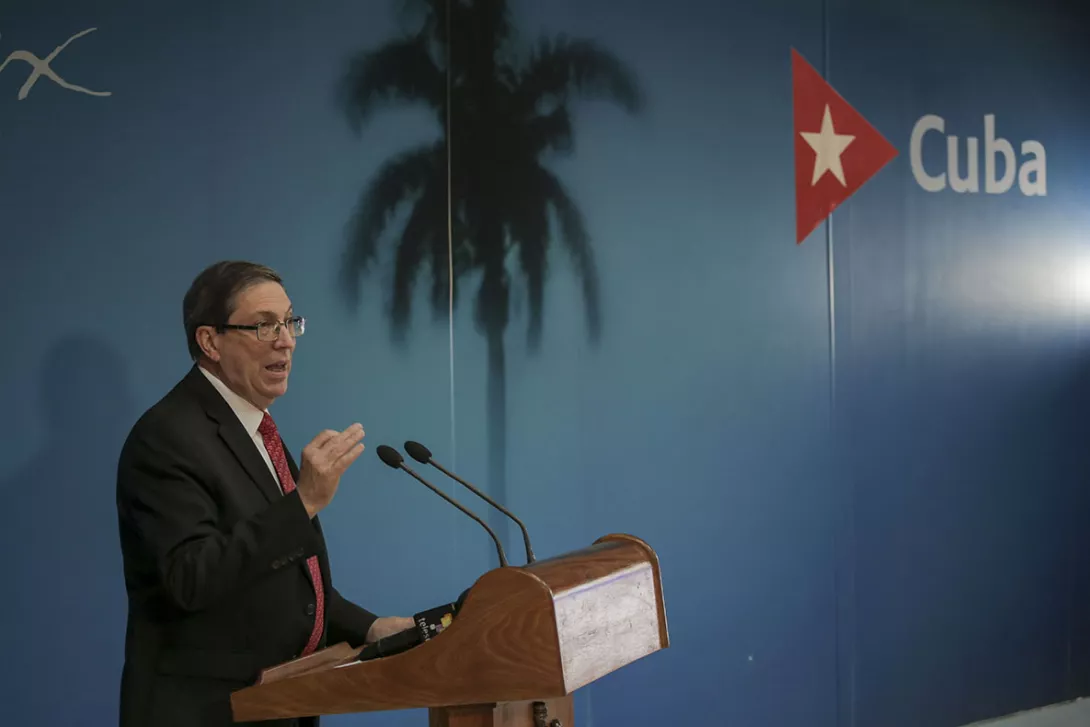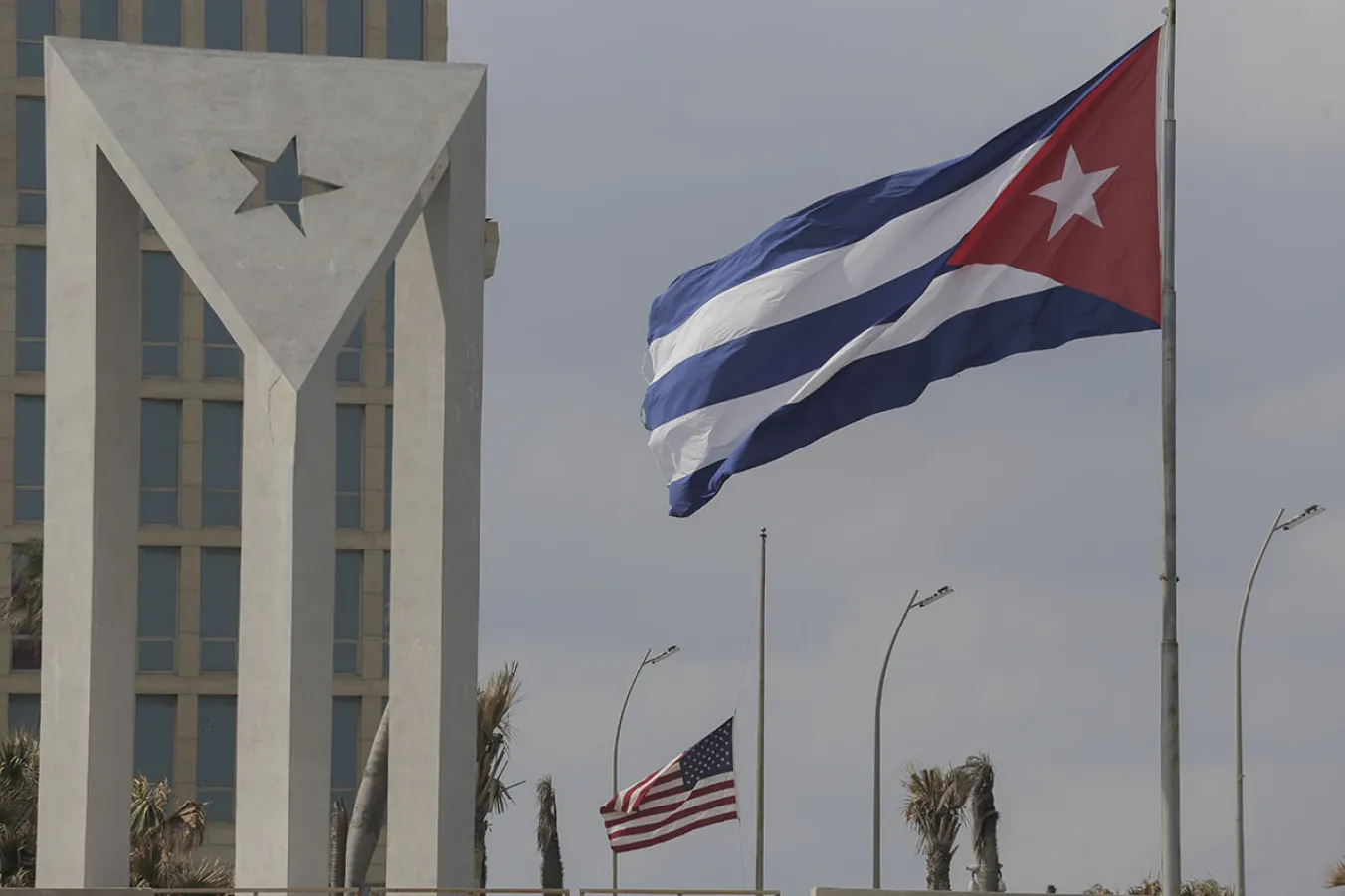What can we learn from the ‘Red Summer’ of 1919?
ROGER McKENZIE draws inspiration from the black self-organisation of the early 20th century
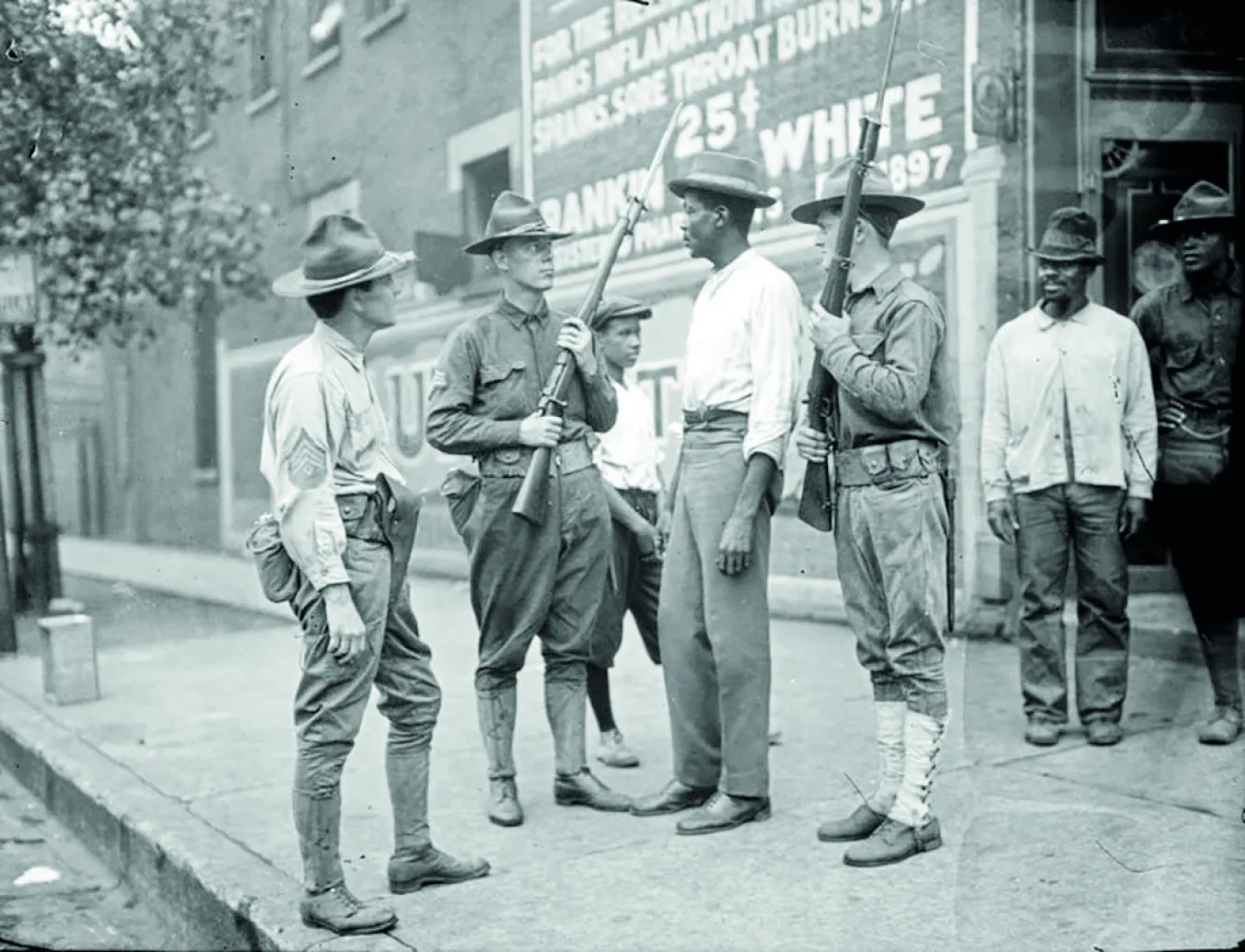
LIKE many people in the depths of the winter I have begun to look forward to the warm days of the summer.
But looking ahead this year I am reminded that it will be the 125th anniversary of the “Red Summer” of 1919.
The summer of that year was as red in Britain as it was on the other side of the Atlantic in the United States.
More from this author

While Israel stalls on ceasefire agreement, its military kills another 78 people in Gaza
Similar stories
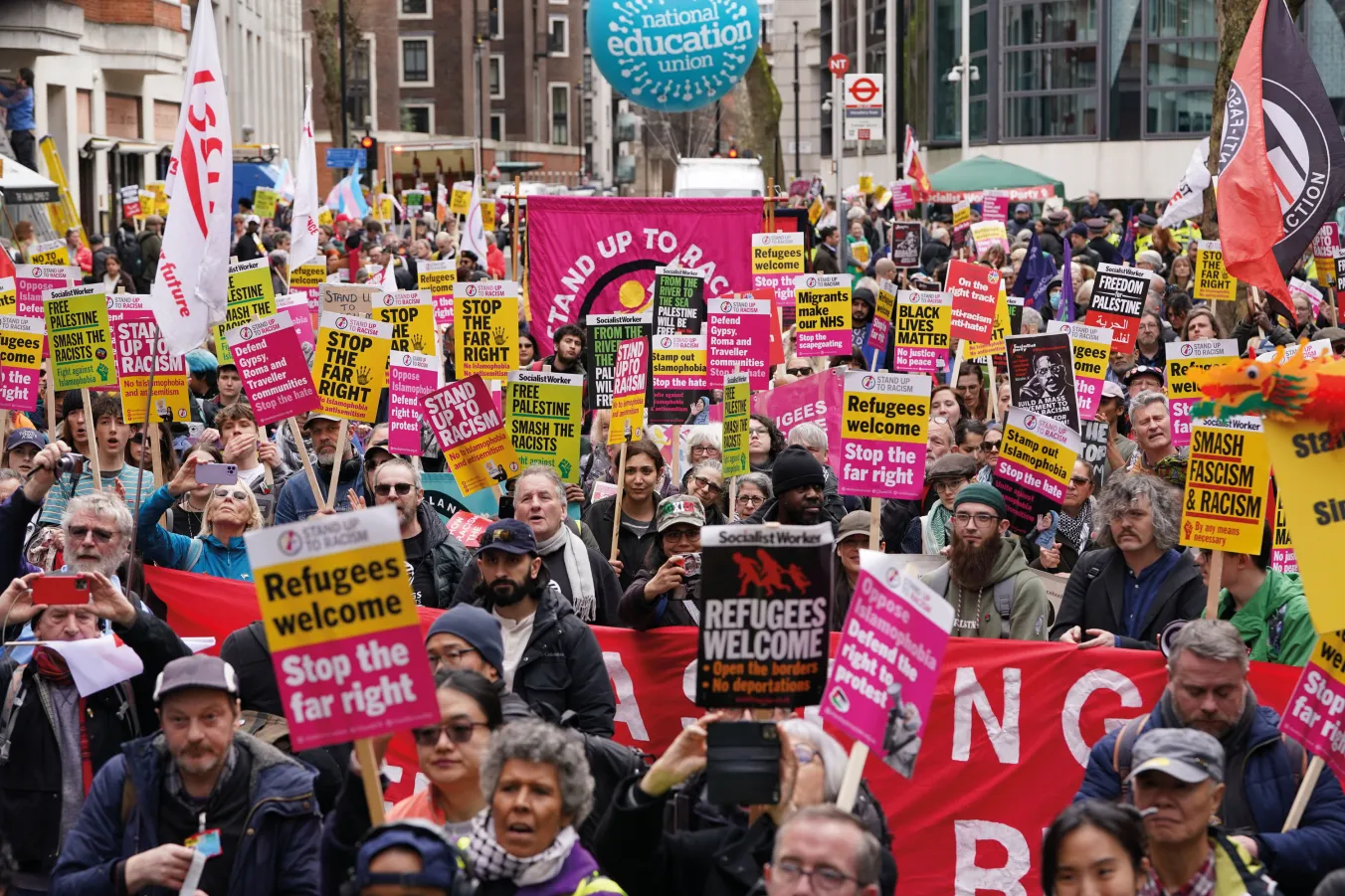
As Black History Month brings renewed focus on the fight against racial inequality, LUKE DANIELS argues that understanding slavery’s legacy and demanding financial reparations are key to defeating modern racism
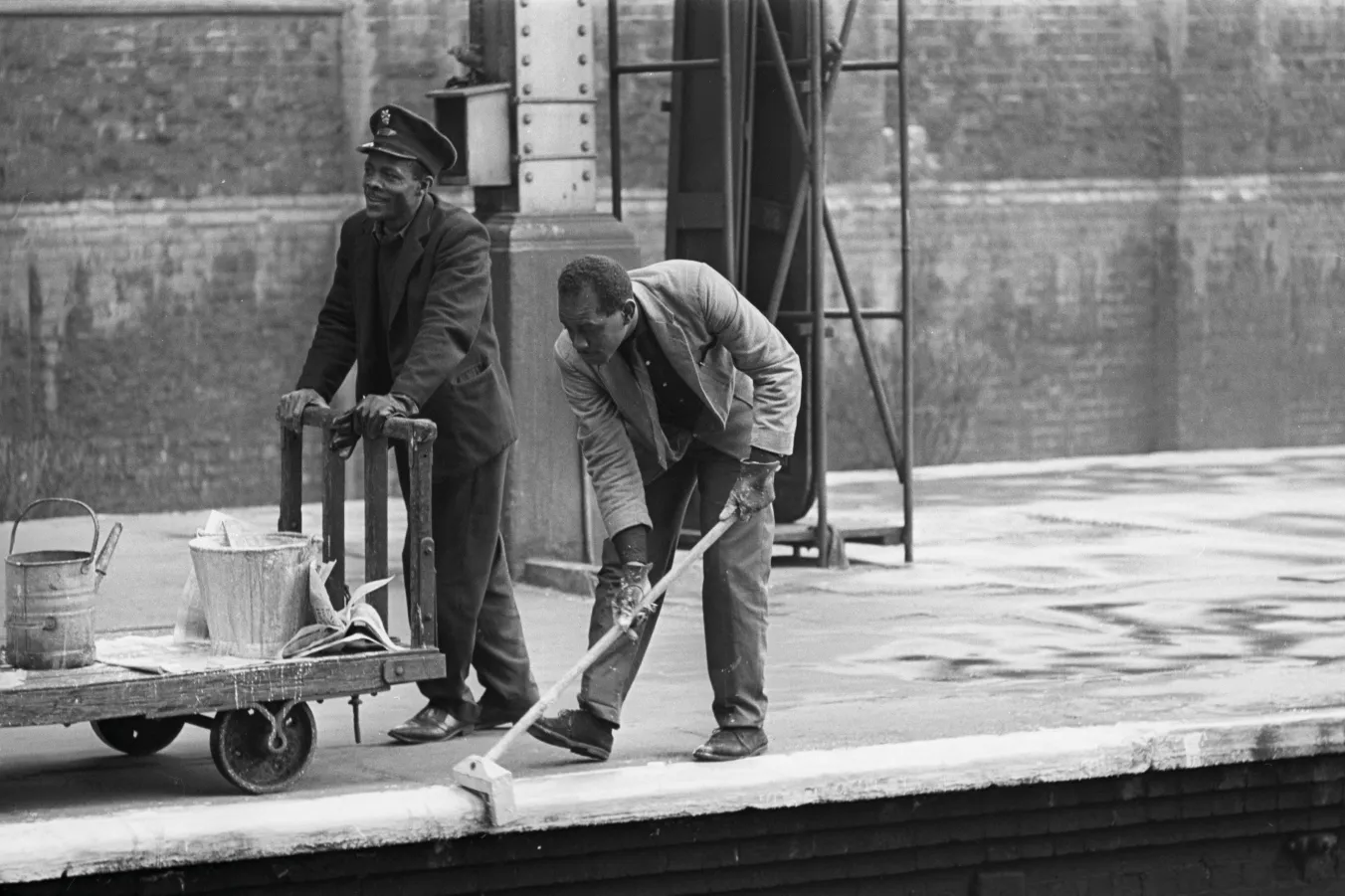
In the second in a four-part serialisation of his new book, African Uhuru, ROGER McKENZIE outlines the organised resistance to a surge of racism against black workers in law and in the unions as they returned from the war
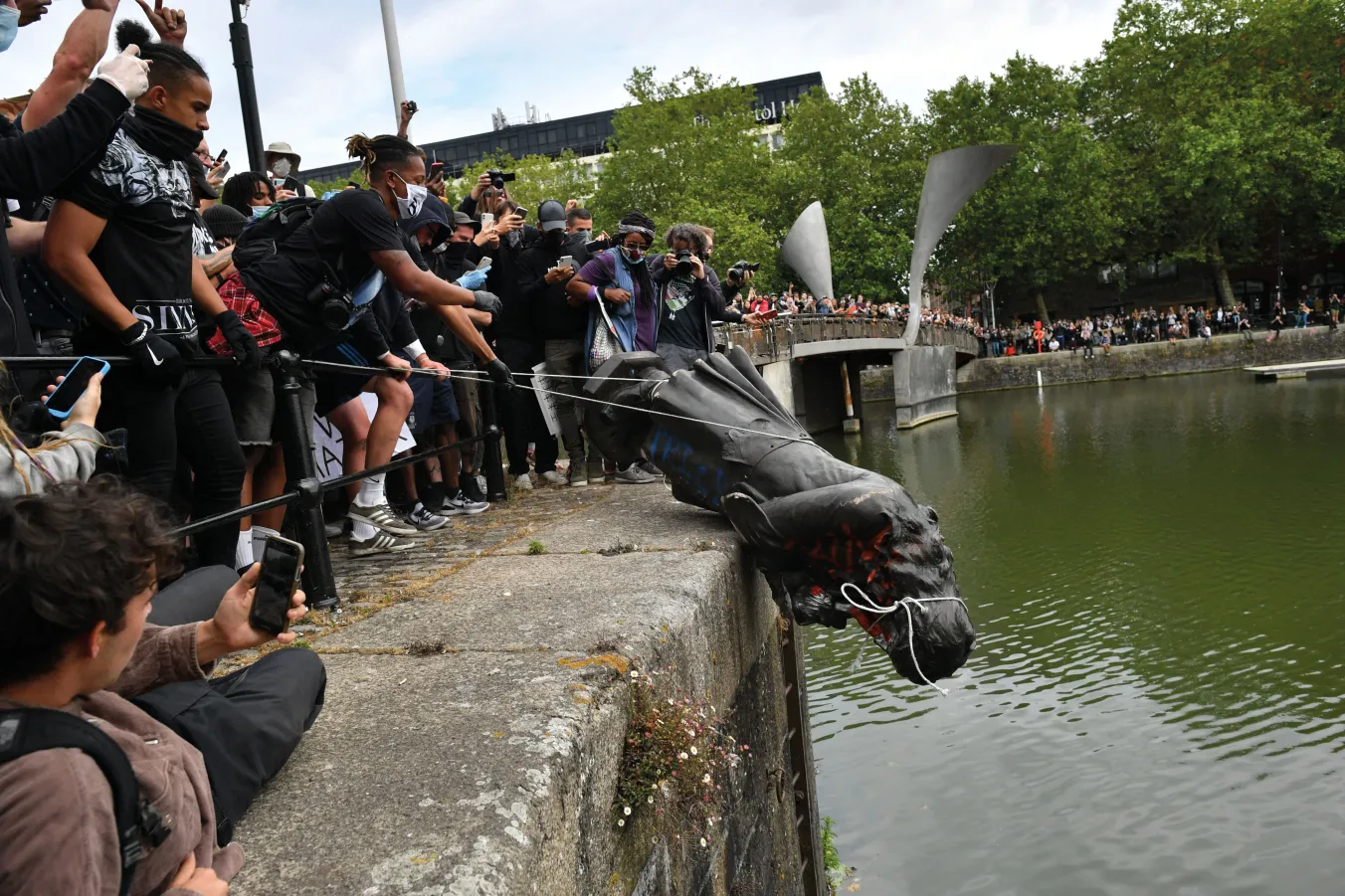
ROGER McKENZIE discusses the different Marxist traditions of thought about race and racism in the first in a four-part serialisation of his new book, African Uhuru
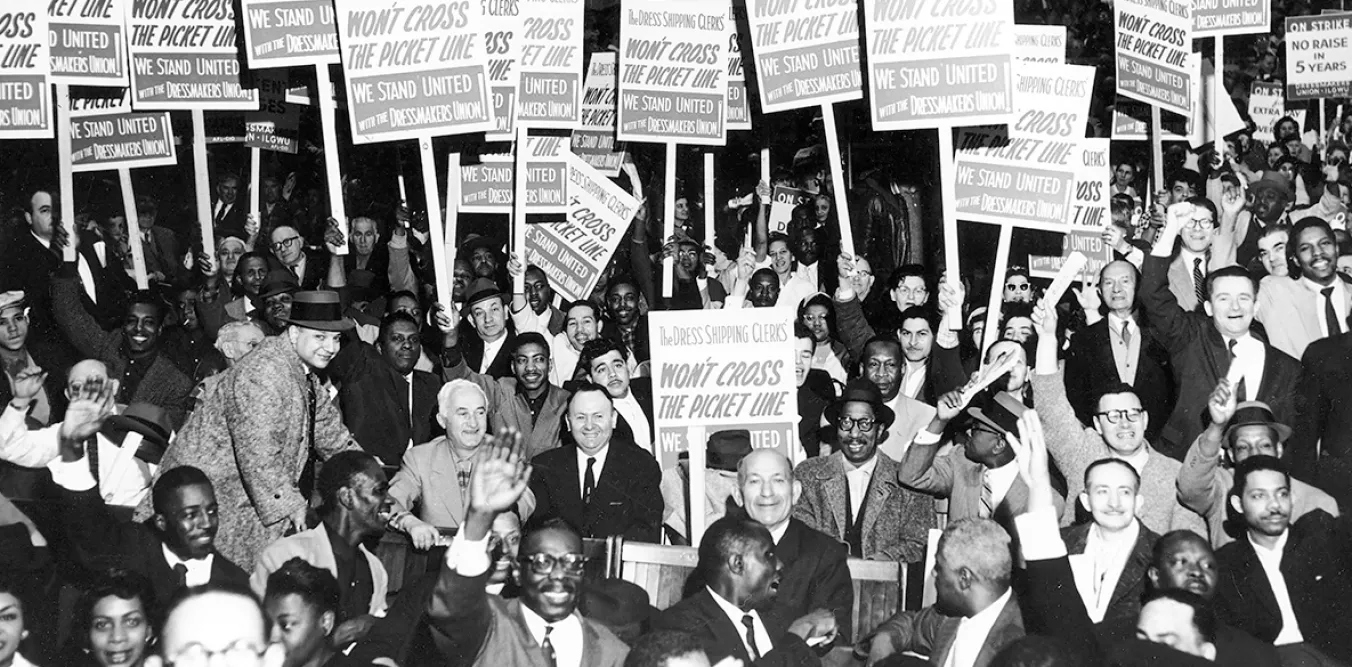
Anti-racism is indivisible from class struggle: sometimes we need to find ways to bring black and white workers together but also it can mean black self-organisation, writes ROGER McKENZIE


